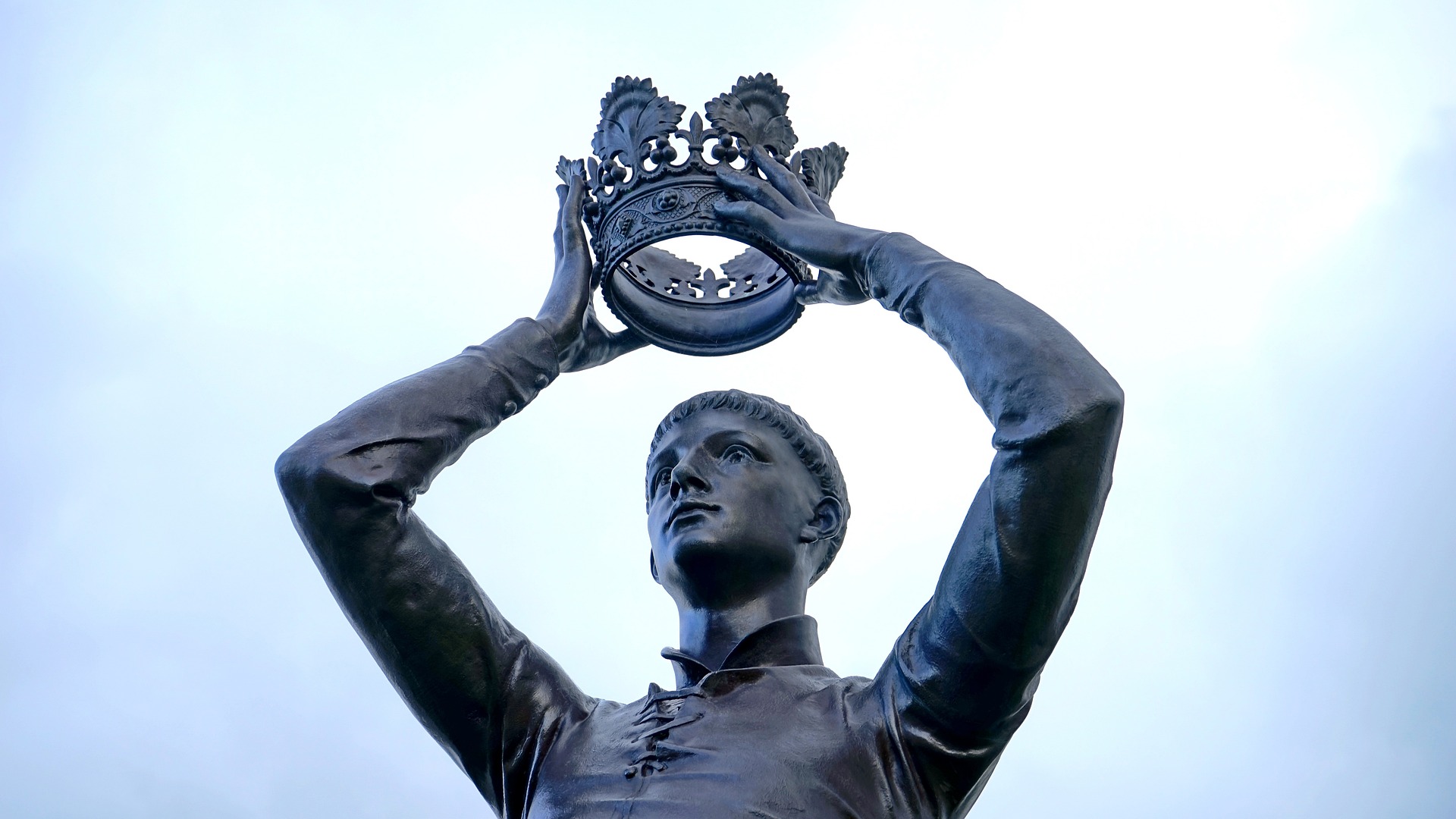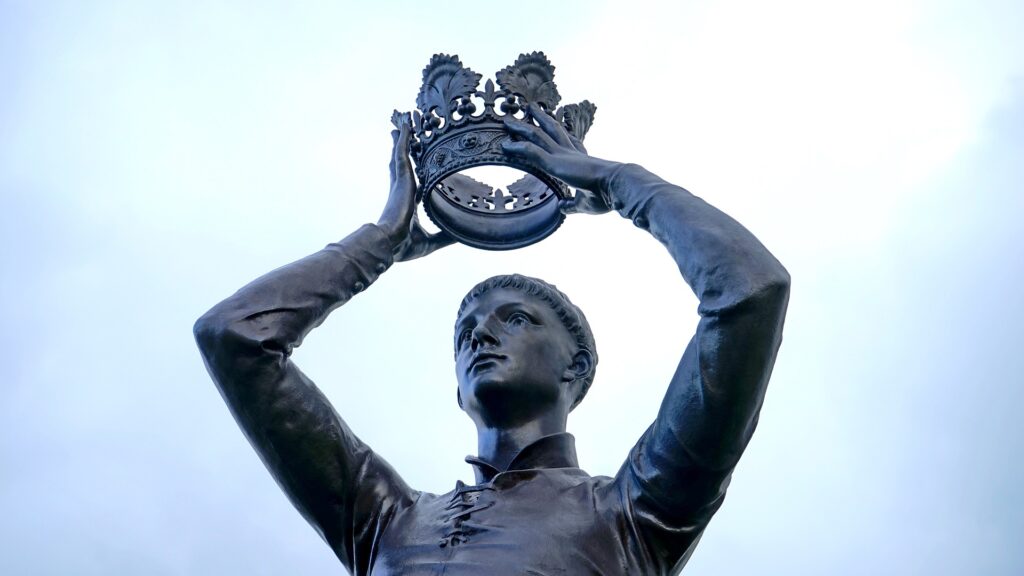Explore the motif of blindness in King Lear. How does Shakespeare use the imagery of blindness to represent characters’ inability to see the truth or make wise decisions?

The Motif of Blindness in King Lear: A Metaphor for Ignorance and Lack of Insight
In William Shakespeare‘s tragedy “King Lear,” the motif of blindness is recurrent and significant, serving as a metaphor for characters’ inability to see the truth or make wise decisions. Through the imagery of physical and metaphorical blindness, Shakespeare explores the consequences of ignorance, delusion, and misplaced trust. The motif of blindness not only enhances the dramatic tension but also deepens the understanding of the characters’ flaws and the tragic nature of their downfall.
One of the most prominent examples of blindness in the play is the literal blindness suffered by the character Gloucester. After he is deceived by his illegitimate son Edmund and betrayed by his legitimate son Edgar, Gloucester’s eyes are gouged out by Cornwall. This physical blinding symbolizes his loss of sight, both literally and metaphorically. It represents his inability to perceive the truth, as he was blind to Edmund’s treachery and Edgar’s loyalty. Gloucester’s blindness serves as a direct consequence of his misplaced trust and his failure to see through the manipulations around him. However, paradoxically, his physical blindness also allows him to gain insight and perceive the truth more clearly. He remarks, “I stumbled when I saw” (Act IV, Scene 1), indicating that his blindness has opened his eyes to the reality of the world.
Similarly, King Lear himself is metaphorically blind throughout the play. In the opening scene, Lear blinds himself to the true nature of his daughters’ love. He willingly believes their exaggerated flattery and rewards them with his kingdom, while banishing his most loyal daughter, Cordelia, who refuses to engage in insincere declarations. Lear’s inability to see through the false facade of his daughters’ words leads to disastrous consequences. He is blind to their true intentions, ignorant of their ambition, and unaware of the consequences of his impulsive actions. As the play progresses, Lear’s blindness deepens, and he descends into madness, losing touch with reality. His journey toward self-awareness is marked by his gradual recognition of his own blindness. In Act IV, Scene 6, he exclaims, “I am a man / More sinned against than sinning,” demonstrating his growing understanding of his own mistakes and the consequences of his blindness.
The motif of blindness also extends to the characters of Goneril and Regan, Lear’s daughters. While they possess sight, they are metaphorically blind to the consequences of their actions and the extent of their cruelty. Their thirst for power blinds them to their familial duties and moral obligations. They betray their father, manipulate their husbands, and engage in a battle for supremacy that ultimately leads to their own destruction. Their inability to see the consequences of their actions highlights the theme of moral blindness and the tragic consequences it brings.
Furthermore, the motif of blindness is not limited to the main characters but is also present in the secondary characters. The Earl of Kent, loyal to Lear, disguises himself as Caius to serve his king in his time of need. This disguise allows Kent to see the truth of the situation more clearly and offer wise counsel to Lear. His temporary blindness, represented by the disguise, contrasts with the moral blindness of the other characters. Kent’s ability to see through the deceptions and provide guidance demonstrates the importance of clear-sightedness in a world consumed by manipulation and deceit.
Shakespeare uses the motif of blindness not only to depict the characters’ lack of insight but also to comment on the human condition. The imagery of blindness serves as a metaphor for the human tendency to be blinded by emotions, desires, and external appearances. It highlights the fallibility of human perception and the destructive consequences of ignorance and delusion. By presenting characters who are blind to the truth, Shakespeare reveals the tragic consequences of their actions and emphasizes the importance of self-awareness, discernment, and the pursuit of wisdom.
In conclusion, the motif of blindness in “King Lear” serves as a powerful symbol of characters’ ignorance, delusion, and lack of insight. Whether represented through physical blindness or metaphorical blindness, it reveals the consequences of misplaced trust, manipulation, and moral corruption. The motif deepens the understanding of the characters’ flaws and their tragic downfall. Through the exploration of blindness, Shakespeare highlights the fallibility of human perception and the destructive nature of ignorance. The play serves as a cautionary tale, urging the audience to examine their own blindness and strive for clarity, self-awareness, and a deeper understanding of the truth.
*****
Read More: Questions and Answers from King Lear by William Shakespeare


